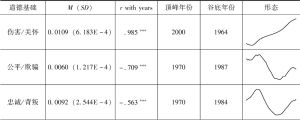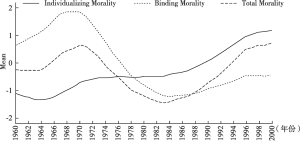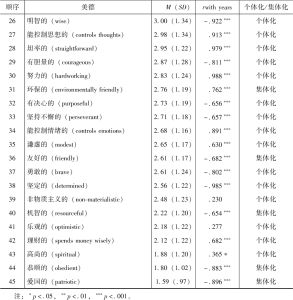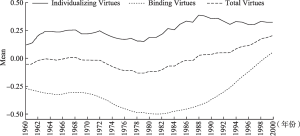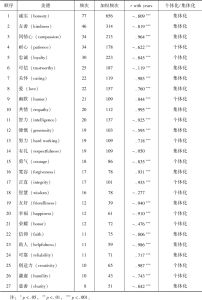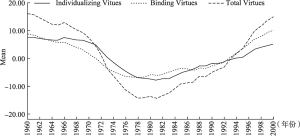章节
道德滑坡了吗?美式英语语言中的社会道德时间变化
摘要
虽然道德滑坡的朴素观点十分普遍,但研究表明,道德滑坡可能仅仅是一种有偏知觉。我们认为,其产生的原因是时代发展(如个人主义的快速升高)与个人认知间的不平衡。通过分析谷歌图书Ngram数据库中的美式英语相关数据,我们发现道德语词的词频自1960年至2000年间并未出现显著的减少,并且对于个体化道德的关注还呈现显著的增加趋势。通过五个研究,我们发现与集体化道德相比,人们对个体化道德的关注逐渐增加(研究1),这种情况尤其表现在正面积极道德语词中(研究2)。当只考虑美德时,也会出现类似的情况:个体化道德词频增加而集体化道德词频减少(研究3),但美德语词的总体词频并未显著减少(研究3和研究4)。此外,道德动机作为道德的关键要素,其词频并未出现显著的变化(研究5)。研究结果验证道德滑坡可能是一种错觉判断。
检索正文关键字
章节目录
- 一 引言
-
二 实证研究
- (一)研究1:道德领域的焦点
- 1.方法
- 2.结果
- (二)研究2:道德领域的效价
- 1.方法
- 2.结果
- (三)研究3:道德重要性
- 1.方法
- 2.结果
- (四)研究4:美德提名
- 1.方法
- 2.结果
- (五)研究5:道德动机
- 1.方法
- 2.结果
- (一)研究1:道德领域的焦点
- 三 讨论
查看更多>>>



